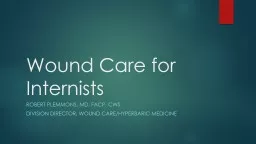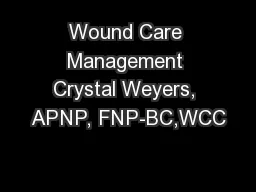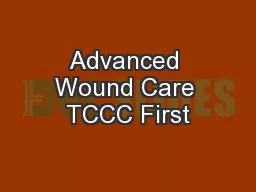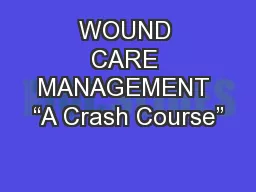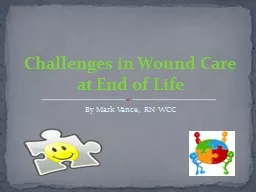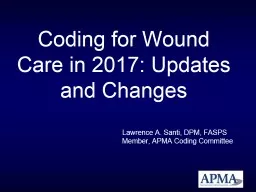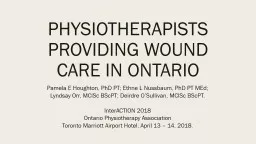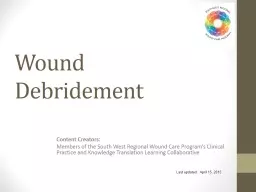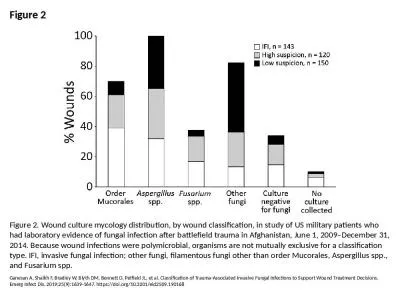PPT-Wound Care for Internists
Author : faustina-dinatale | Published Date : 2018-12-17
Robert Plemmons MD FACP CWS Division Director Wound CareHyperbaric Medicine AN OLD JOKE WHATS THE BEST WAY TO HIDE A WOUND FROM AN INTERNIST AN OLD JOKE WHATS THE
Presentation Embed Code
Download Presentation
Download Presentation The PPT/PDF document "Wound Care for Internists" is the property of its rightful owner. Permission is granted to download and print the materials on this website for personal, non-commercial use only, and to display it on your personal computer provided you do not modify the materials and that you retain all copyright notices contained in the materials. By downloading content from our website, you accept the terms of this agreement.
Wound Care for Internists: Transcript
Download Rules Of Document
"Wound Care for Internists"The content belongs to its owner. You may download and print it for personal use, without modification, and keep all copyright notices. By downloading, you agree to these terms.
Related Documents

